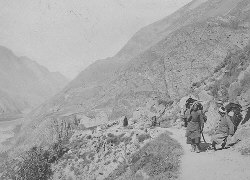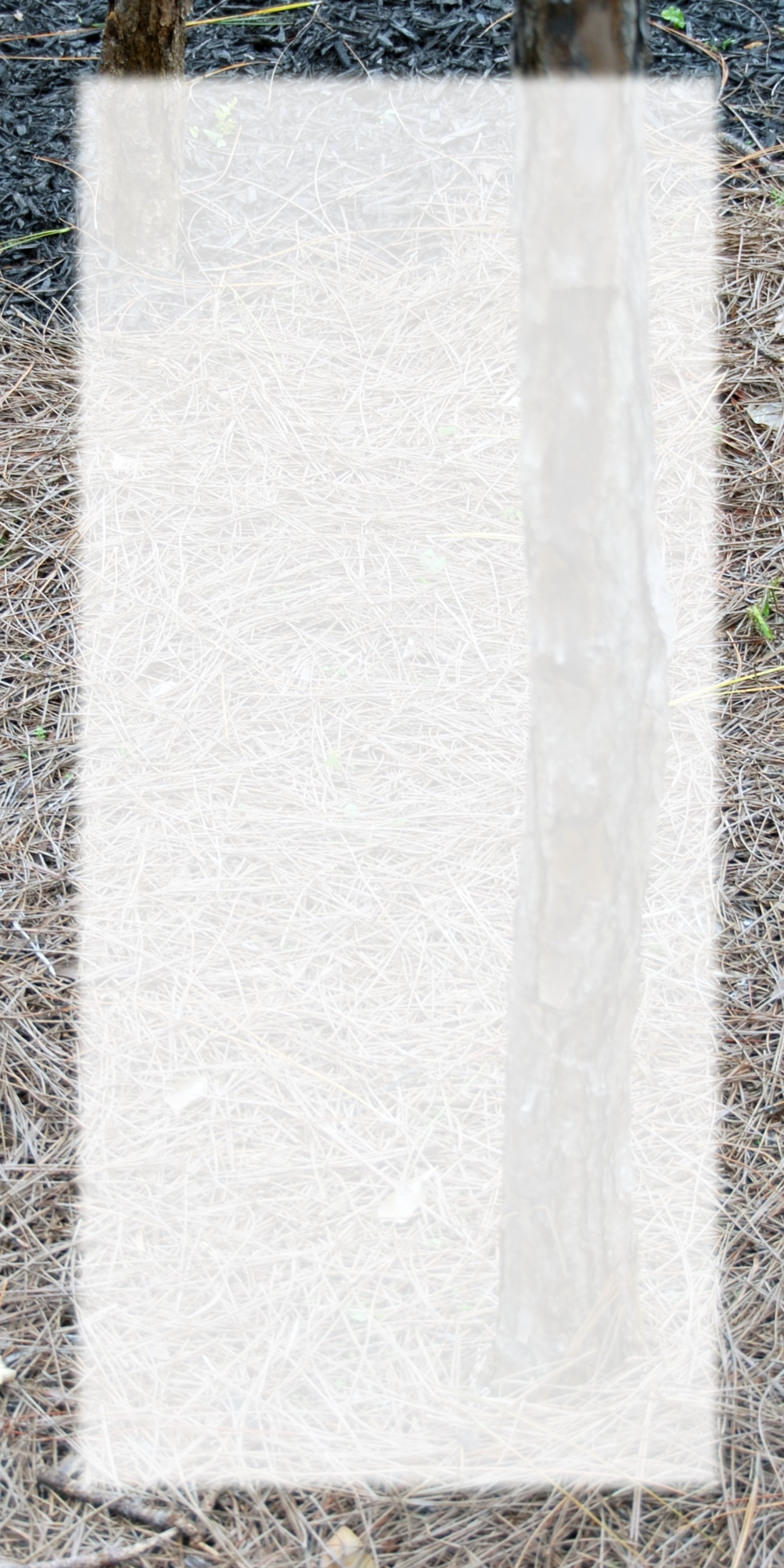Joe Mickey and Sazzy Varga are optimists. They're not the types of optimists who think that everything will be just fine. In fact, they work in a situation that gets worse by the day. But the work they do sets the stage for future success; a success where a culture is restored and a people can look back on an age - even an age of exile - and remember one gesture of hope in the face of despair.
Their coworkers are the Tibetan people in exile. It began with a few disposable cameras and a good idea. Now, thousands of people have been exposed to a surreal world where Tibet, now located in another nation in spirit and culture, struggles to survive. And it does, thanks to the images that capture the hearts and thoughts of the most unlikely photographers.
Per Contra is pleased to interview the people behind The Tibetan Photo Project.
PC -
The Tibetan Photo Project began in 2000 with a few disposable
cameras and a great idea. How many photos are now in your
collection, how many people are involved and how many people have you
reached (as best as you can estimate)?
TPP- Through The Tibetan Photo Project, we have developed an extensive
collection of photos by Tibetan monks and lay Tibetans living in exile.
Many of the key photos have been developed into two traveling exhibits.
The first was created by Centenary College in Shreveport Louisiana and
they had a 4-month exhibit, complete with sand mandala and a cultural
performance by monks from Drepung and a series of lectures in early
2005.
Antioch Colleges and Universities mounted a show and toured it to 5 of
their 6 campus locations in 2005-06.
In exchange for use of the photos, we now own these exhibits and are
looking for new venues.
The works by the Tibetan photographers, inspired the donation of
original negatives from Tibet in 1932 and some of these have also been
incorporated into the exhibits.
While there have been many great portfolios and films on the Tibetans
created by the Western eye looking in, it is the mission of The Tibetan
Photo Project to create a voice directly from the Tibetan community
through their photography and films. This is the key to the project. We
try to help with technical advice, but it is a policy that we never ask
for content. When Tibetans ask us what they should photograph our answer
is always, "Show us what you want the West to know." We are growing the
number of photographers, with A monk, a lay person and a former monk
having made up the base of the project and produced the first film,
"Voices in Exile."
We have reached thousands with lectures, radio interviews, public access
television and exhibits and we are starting to have theatrical film
screenings. The combined circulation of the print media that has told
some part of Tibet's story by reporting on The Tibetan Photo Project is
approaching 26 million via national, regional and local publications. We
have been linked across the internet and we have just begun adding video
clips at places like YouTube and Al Gore's Current TV etc. With our
regular hits at the website, we attract tens of thousands.
PC- You are
concerned that Tibetan culture is on the verge of extinction. One
of the interesting aspects of your work is that you offer no direction
to the photographers and film makers who are sending you the photos and
films. You simply ask them to send what they think the west should
know about Tibet. Is your strategy driven by a fear that the
culture will be irretrievable for future generations, or a hope that an
accurate record will
allow it to be restored, or is it something else entirely?
TPP- You have certainly hit the nail on the head and then we would add,
this perspective directly from the Tibetans, has been missing in all the
great books, exhibits and films. Given that photos from them are unique,
it creates a view that is new and attracts media and public attention
and allows the Tibetans to speak directly through their work on behalf
of their community.
PC- You work with a community in exile and have done so for the past
five-plus years. Have you noticed subtle cultural shifts as the
exile community adapts to a new home?
TPP- The Tibetans went into exile, en masse, beginning in 1959. India
was very generous with land grants and they have had a generation of
building a community and even a secular democratic government in exile.
Many
Tibetans living in exile today, have never been to Tibet, but in an
effort to maintain their culture they often do not adopt Indian or other
citizenship. Most exiled Tibetans live in India or across the west in
Europe, Canada, Australia, and the U.S. so they have made adaptations to
the West and still maintained a nature that is Tibetan.
I (Joe Mickey) recently traveled to India and all of India is struggling
with some bit of an identity crisis as it emerges from a completely
third-world existence and so this is something that the Tibetans are
dealing
with also, but the Tibetans I have met understand the nature of being
Tibetan. One Tibetan explained it to me this way. Their collective bond
is not so much that they are Tibetan but more that they are Tibetan
Buddhists.
In the West we look at religion as a separate part of life. Buddhism is
a complete way of life and much less a formal religion in how it works
for the Tibetans.
More Information About the Project - Click Here

The Tibetan Photo Project has rare pictures from Tibet, taken from original negatives first shot in 1932. Click here to visit the gallery.
